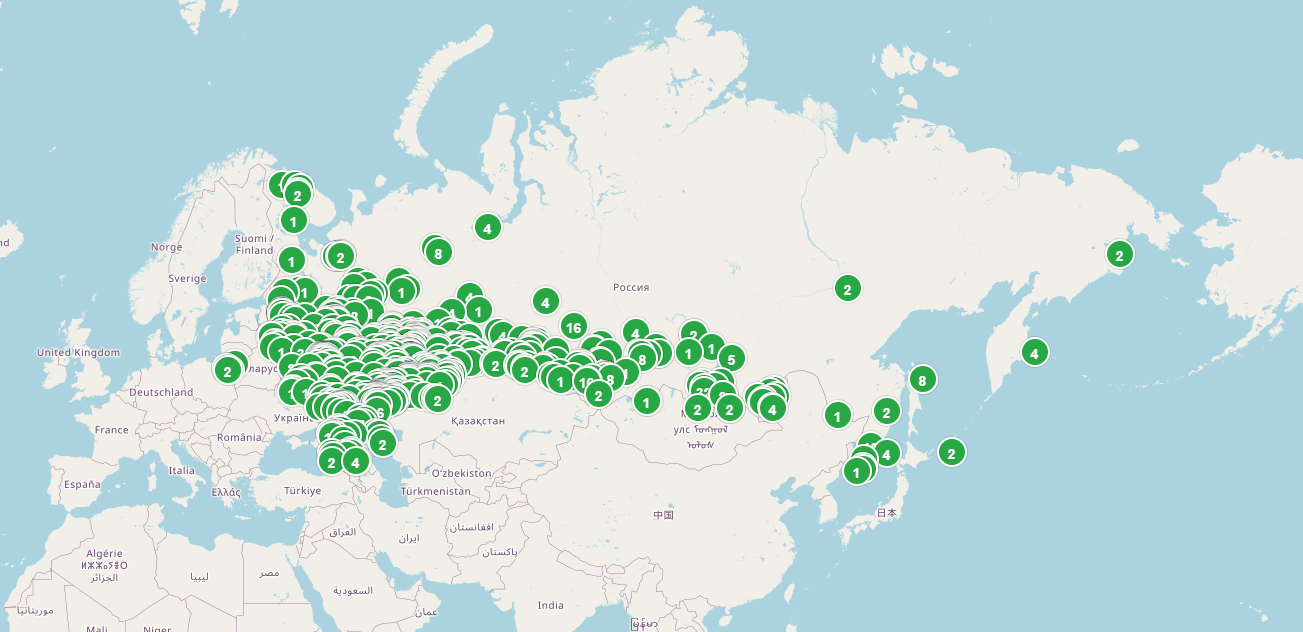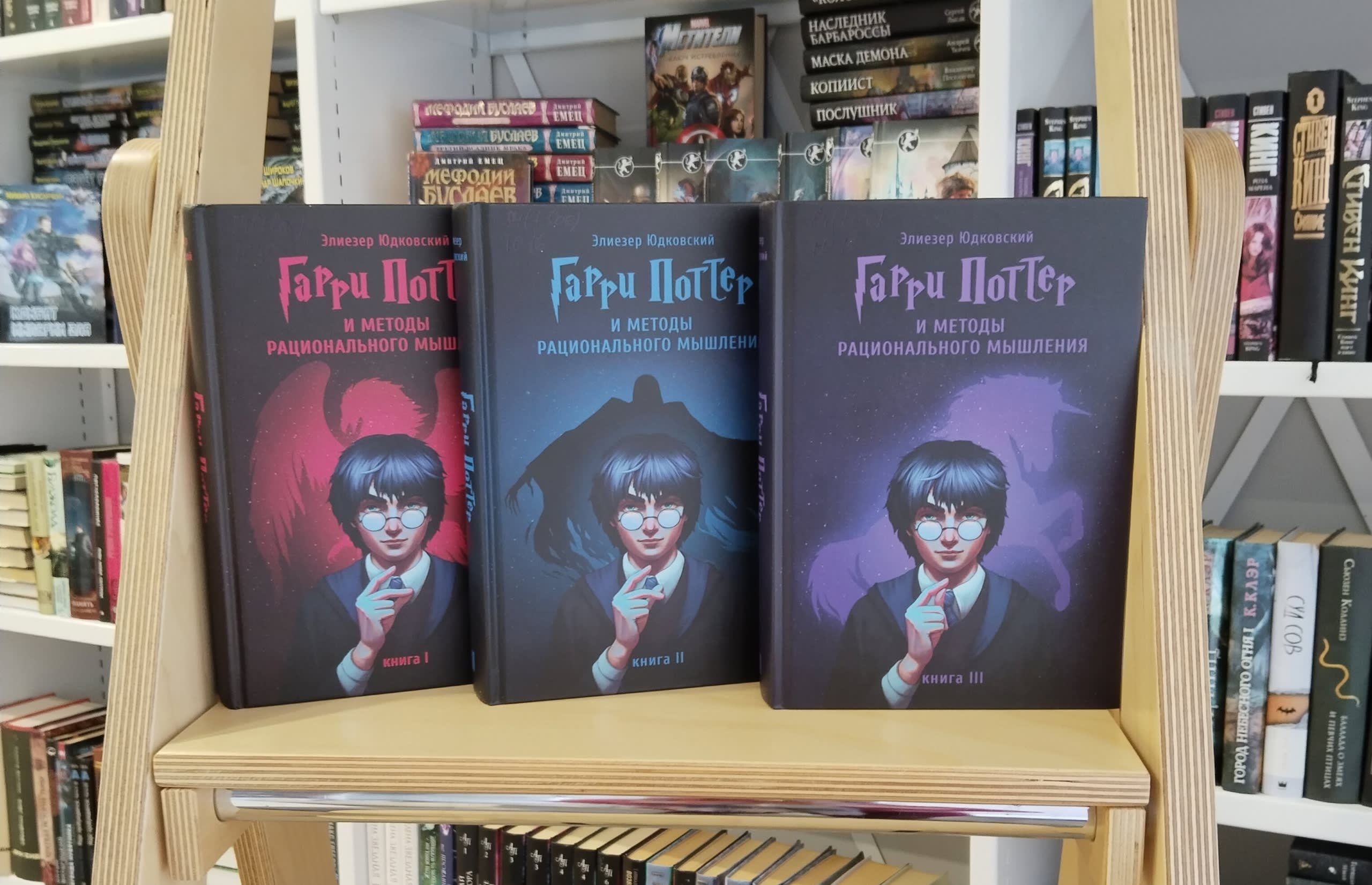We have contact details and can send emails to 1500 students and former students who've received hard-cover copies of HPMOR (and possibly Human Compatible and/or The Precipice) because they've won international or Russian olympiads in maths, computer science, physics, biology, or chemistry.
This includes over 60 IMO and IOI medalists.
This is a pool of potentially extremely talented people, many of whom have read HPMOR.
I don't have the time to do anything with them, and people in the Russian-speaking EA community are all busy with other things.
The only thing that ever happened was an email sent to some kids still in high school about the Atlas Fellowship, and a couple of them became fellows.
I think it could be very valuable to alignment-pill these people. I think for most researchers who understand AI x-risk well enough and can speak Russian, even manually going through IMO and IOI medalists, sending those who seem more promising a tl;dr of x-risk and offering to schedule a call would be a marginally better use of their time than most technical alignment research they could be otherwise doing, because it plausibly adds highly capable researchers.
If you understand AI x-risk, are smart, have good epistemics, speak Russian, and want to have that ball, please DM me on LW or elsewhere.
To everyone else, feel free to make suggestions.






Nope. The grant you linked to was not in any way connected to me or the books I've printed.
A couple of years ago,(edit: in 2019) I was surprised to learn about that grant; the claim that there was coordination with "the team behind the highly successful Russian printing of HPMOR" (which is me/us) is false. (I don't think the recipients of the grant you're referencing even have a way to follow up with the people they gave books. Also, as IMO 2020 was cancelled, they should’ve returned most of the grant.)EA money was not involved in printing the books that I have.
We've started sending books to olympiad winners in December 2022. All of the copies we've sent have been explicitly requested, often together with copies of The Precipice and/or Human Compatible, sometimes after having already read it (usually due to my previous efforts), usually after having seen endorsements by popular science people and literary critics.
I have a very different model of how HPMOR affects this specific audience and I think this is a lot more valuable than selling the books[1] -> donating anywhere else.
(we can't actually sell these books due to copyright-related constraints.)